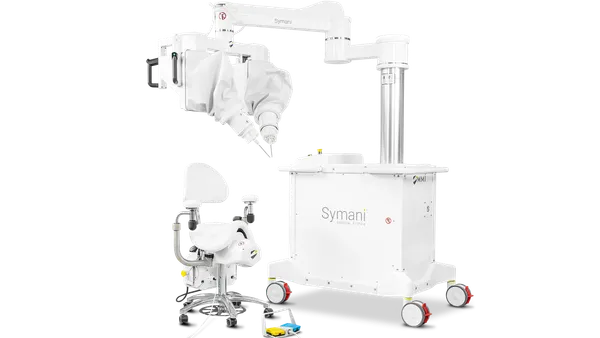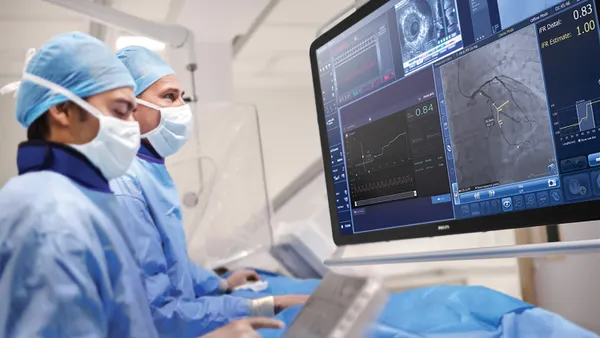Dive Brief:
- Leveraging big data and real-world evidence in regulatory decisions, enhancing medical device cybersecurity and streamlining clinical trial design are some of the top priorities identified by the Center for Devices and Radiological Health in its 2019 regulatory science report.
- The list, developed by CDRH's Center Science Council staff and leadership, is intended to help proactively identify and incorporate new science and technology into regulatory decisions.
- The council decided to largely retain the same overall categories this year from prior versions of the report published in 2016 and 2017. The report focuses instead on updating the details of the priorities.
Dive Insight:
The report largely parallels CDRH's 2018-2020 strategic plan but also reflects more recent challenges the agency and broader healthcare industry are actively working through.
For example, amid congressional scrutiny of duodenoscope reprocessing, FDA notes patient infection from "improperly processed medical devices is a critical concern." Continuous improvement and validation of reprocessing of reusable medical devices is needed, it notes.
Biocompatibility of medical device materials is also top of mind for the agency. In March FDA warned certain medical device materials may cause an immune or inflammatory reaction in certain populations and said it planned to hold an advisory panel meeting in the fall to discuss the issue. The agency has not yet announced a date for the event.
"To enhance biocompatibility efforts in general, there should be a focus on optimizing testing used to support biocompatibility evaluations, developing alternatives to in vivo studies, and standardizing methods and terminology," the FDA priority report states.
The top priorities identified by the CDRH Center Science Council are:
- Leveraging big data for regulatory decisions.
- Modernizing biocompatibility and biological risk evaluation of device materials.
- Leveraging real-world evidence in regulatory decisions.
- Finding advanced tests and methods to predict and monitor medical device clinical performance.
- Developing tools to streamline clinical trial design.
- Developing computational models to support regulatory decisions.
- Boosting medical device and digital health cybersecurity.
- Reducing healthcare-associated infections through better understanding of antimicrobials, sterilization and reprocessing of medical devices.
- The collection of patient input in regulatory decisions.
- And using precision medicine and biomarkers to predict device performance, disease diagnosis and progression.











